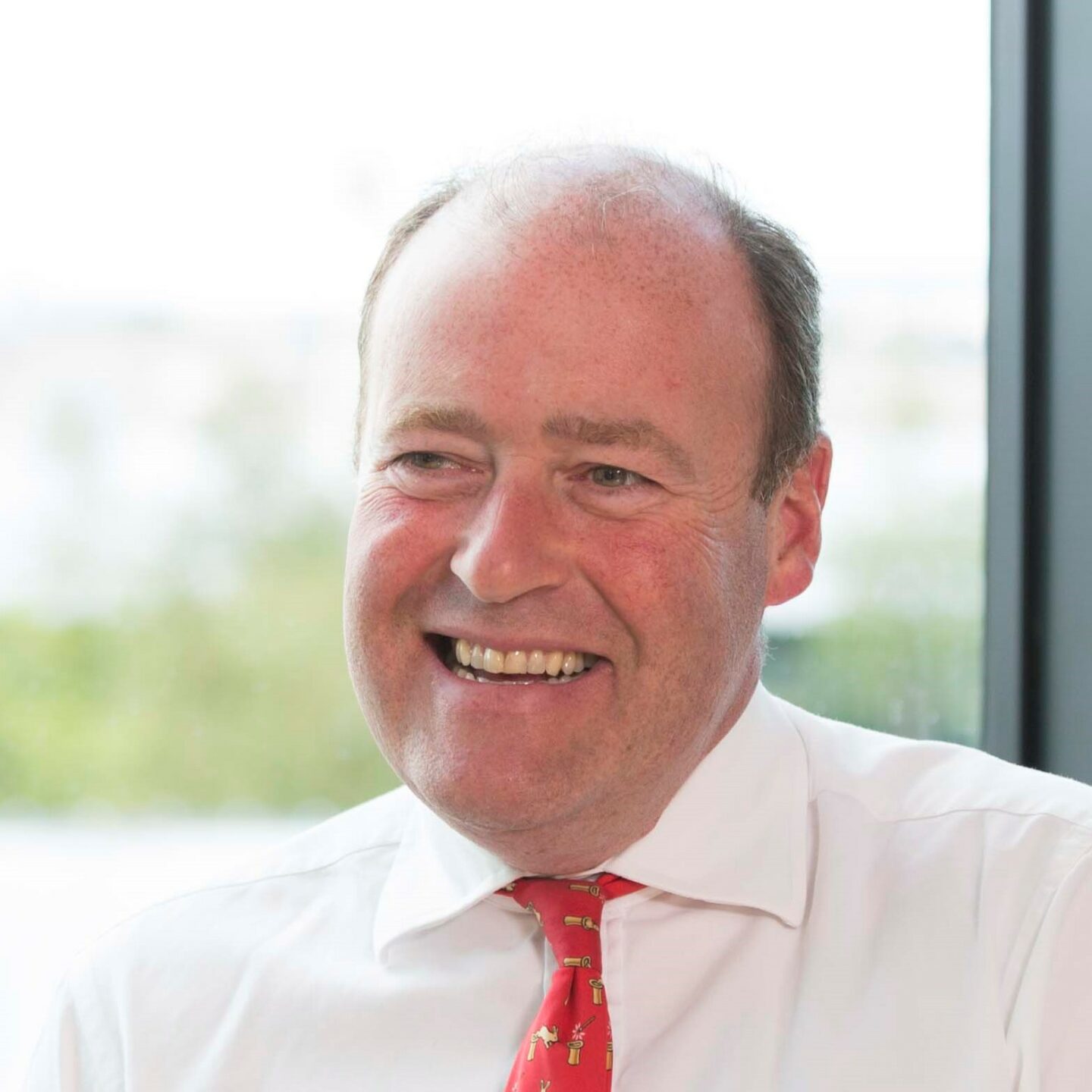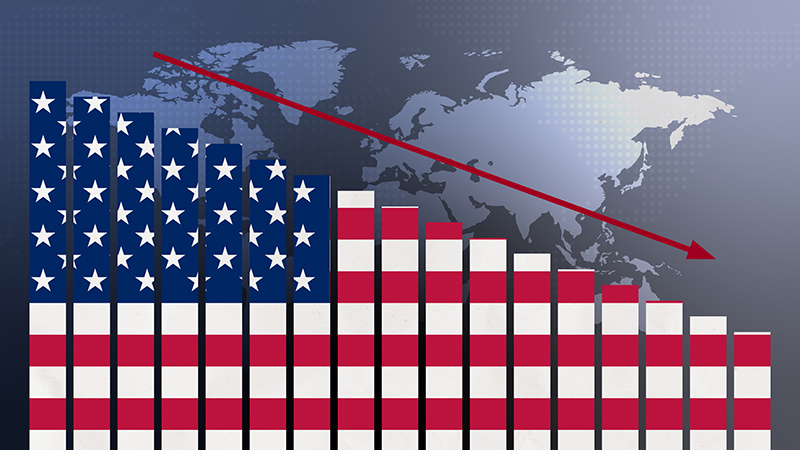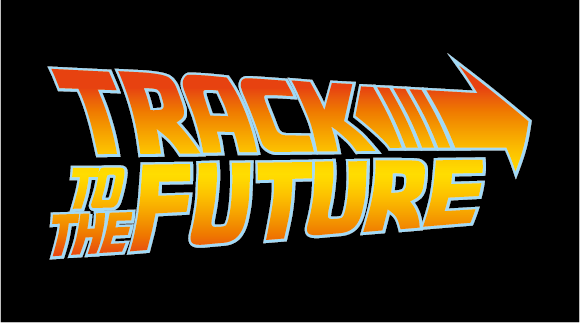
In the latest in our series, Portfolio Adviser hears from Baillie Gifford director of marketing and distribution James Budden (pictured right)
Which particular asset classes and strategies do you anticipate your intermediary clients focusing on over the second half of the year and into 2022?
We are seeing healthy interest across our whole range of funds and trusts. Fundamentally, this stems from being unashamedly long-term growth investors. Our clients understand that and are happy to stick with us over time rather than bow to short-term trends. Saying that, our Positive Change fund and newcomer Health Innovation fund are enjoying decent inflows and there has been renewed enthusiasm for Japanese and UK equities.
Should end-investors – and, by association, asset managers – be thinking beyond equity and bond investments? Towards what sort of areas?
In most cases, given a decent timeframe, equity and bond investments will do the trick. In certain circumstances, a good case can be made for low-volatility multi-asset funds although recent history suggests they do not always follow through on their promises. The idea is sound but the execution is not easy.
More specifically, infrastructure has its attractions but can be expensive, commodities are sometimes a bit of a punt and property has its issues in a changing world post-Covid. Unless you are set on purely inflation-plus returns with minimal perceived risk, you may be better off simply exploring the opportunities offered by equity and bond funds. That being so, a balanced fund arguably offers the best of both worlds.
“When it comes to investment returns, costs are the only thing you can truly control”
Given client and regulatory pressure on fees and charges, how is your business delivering value for money to intermediaries and end-clients?
Our recent Assessment of Value report offers an in-depth view of this area but, in short, we try very hard to be equitable when it comes to fees. In comparative terms, we believe we offer investors good value. After all, when it comes to investment returns, costs are the only thing you can truly control. We will reduce fees on funds for a variety of reasons such as to pass on benefits of scale or to be competitive in the marketplace and we have done so with regularity over the past five years or so.
How much of your distribution is currently oriented towards ESG issues and sustainable investing? How do you see this evolving over the next 18 months?
Obviously ESG is the zeitgeist and asset managers are falling over themselves to push out ESG-oriented funds. We have a selection ourselves – Positive Change, Global Stewardship and Responsible Income Growth – and, hopefully, clients trust these funds to be honest to their nomenclature. Not all ESG funds are.
Also, there are bigger factors at play here. This area needs to develop to a stage where investors are comfortable with the proposition. Besides greenwashing, some of the metrics currently used to measure ESG aspects at both a company and a fund level are flawed. Active managers should be good at sustainable investing given they can pick and choose and engage with companies. We are still in the foothills of ESG.
“Fundamentally, ‘actual investing’ provides the industry with a social licence to exist”
In what ways do you think the experience of the last 18 months has permanently affected or changed the asset management sector?
In terms of operations, I don’t think the sector has changed much at all. Most firms have been lucky enough to be able to work relatively seamlessly from home. The show must go on and markets have been surprisingly buoyant. At another level, however, there may have been a change for the better.
I get the feeling some asset managers may be returning to what we call ‘actual investing’ – that is, the allocation of long-term capital to businesses and entrepreneurs who are trying to create wealth for a range of stakeholders by solving big issues that face us all, such as the climate, health and education. There is an obvious cross-over into ESG but, fundamentally, actual investing provides the industry with a social licence to exist. The alternative is simply selling shares to one another in the short term – and that only benefits market participants.
How do you plan to balance face-to-face and virtual distribution? Have you identified aspects where one is especially better (or worse) than the other?
There is no doubt the pandemic has driven a move to digital when it comes to distribution. The future calls for a blend of both face-to-face and virtual but the blend will require thought. Zoom fatigue is a reality. Virtual offerings will have to be professionally produced and of real substance if they are to cut through – though their capacity to reach large numbers with great convenience is a benefit to all concerned.
Face-to-face is still a crucial component in what is still a people business. My guess is that smaller physical events will go to the wall and clients will be careful to choose conferences where they can be confident they will get to consume different content to what is readily available on a screen.
Are you hoping to manage a staycation or to get abroad this summer? Either way, what’s the plan?
As they say in my part of the Scottish Borders a day out of Hawick is a day wasted. I am staying put, mowing the lawn, tending the sheep and exploring alcoholic mixology. When the dust settles, I will be taking the high road again.
“We may even look forward to our days in the office with more enthusiasm than ever before”
What aspects of your own lockdown routine do you expect to continue with as people migrate back to office-working?
Working from home or ‘future ways of working’, as we call it at Baillie Gifford, is here to stay. This is a wonderful thing for those of us with long commutes. But it should make us all more efficient and productive. It will require trust and increased personal responsibility. We may even look forward to our days in the office with more enthusiasm than ever before.
More generally, what are you expecting from ‘the new normal’?
In my family we take a dim view of that phrase. I am hoping for a bit more of the ‘old normal’ – although the benefits of Zoom and Teams are welcome in a business sense. On a personal level, I have enjoyed having my children home more than one might have expected given their ages. I hope the experience has not put them off and they will continue to drop by in the future.











